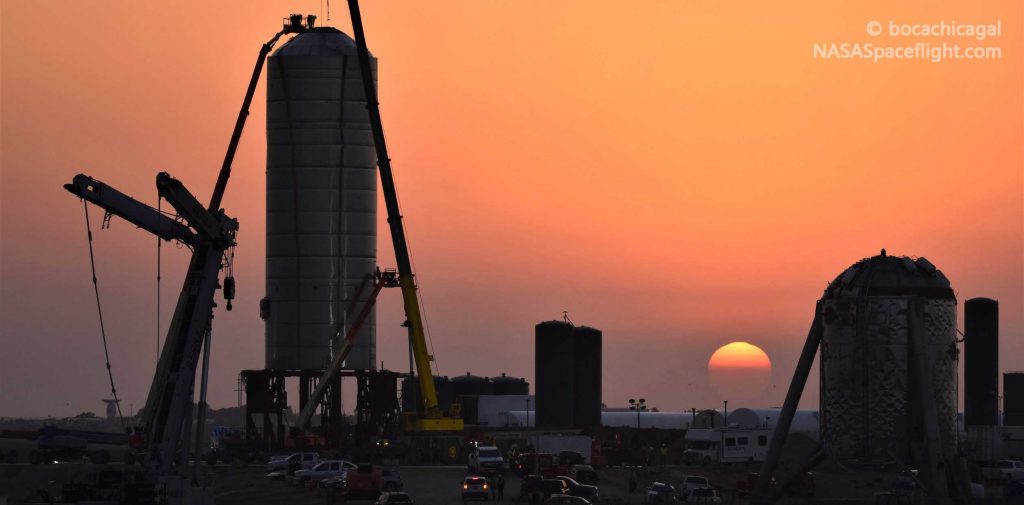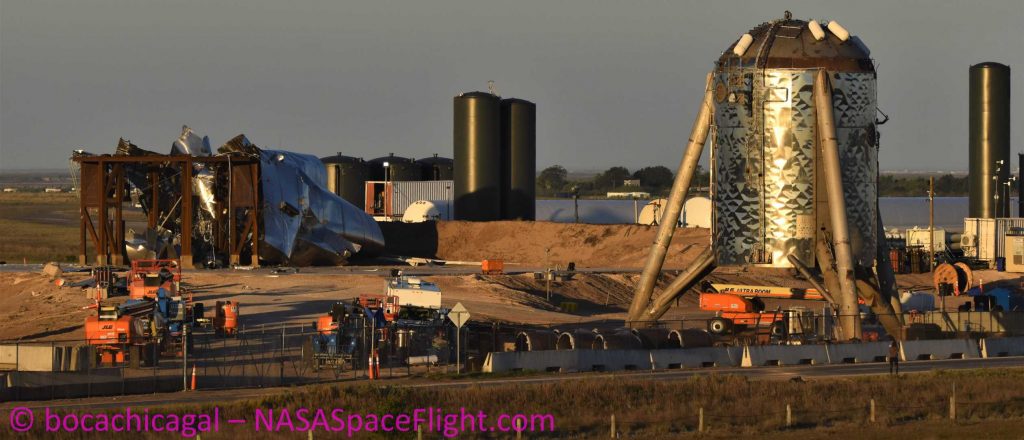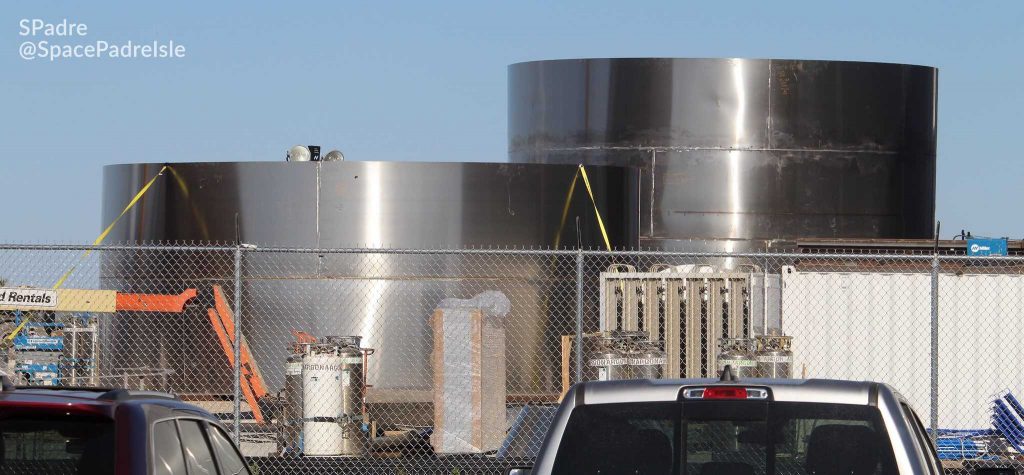SpaceX’s newest Starship spacecraft prototype unintentionally lifted off during a critical test at the company’s Boca Chica, Texas facilities – a development that was almost certainly unplanned.
On February 26th, under the cover of an incredibly thick fog bank, SpaceX carefully transported its second full-scale Starship prototype – measuring some 30m (100 ft) tall and 9m (30 ft) wide – to its Boca Chica, Texas launch and test pad, situated just a mile or so down the road from an ever-growing rocket factory. After just two days of last-second work spent outfitting the giant rocket tank with a few additional sensors and fully connecting it to ground systems (electricity, communications, and fluids), SpaceX kicked off the second cryogenic ‘proof’ test of an integrated Starship tank section.
An opaque layer of frost quickly developed on the ship’s mirror-smooth hull, effectively serving as a giant gauge for the liquid nitrogen pooling inside it. About an hour after faux-propellant (liquid nitrogen) loading began, Starship SN01’s liquid oxygen tank violently burst, causing the entirety of the vehicle’s 30-40 metric ton (65,000-90,000 lb) bulk to launch several dozen feet into the air. Stacked atop the oxygen tank, SN01’s methane tank – likely pressurized with nitrogen or oxygen gas – shot off like a house-sized bullet when the rest of the tank section impacted the ground, flying some 150-300+ meters (500-1000 ft) from the pad.


Long-time Boca Chica resident, photographer, and videographer Mary (also known as “bocachicagal” on forums) captured the seemingly unintentional Starship failure in spectacular detail on February 28th. Given how high the heavy vehicle jumped after its aft tank dome failed, as well as how fast the house-sized methane tank flew after it breached, it’s safe to say that both were significantly pressurized before the anomaly.
What’s unclear is what exactly went wrong with Starship SN01 and whether SpaceX expected it to fail during the test. Known as a cryogenic proof test, SpaceX pressurized the ship’s tanks with liquid nitrogen and a gas of some kind in an effort to verify its structural integrity and determine if it was safe to proceed to more risky tests. According to CEO Elon Musk, Starship SN01 was actually meant to support a full wet dress rehearsal (WDR) with liquid oxygen and methane, followed by a Raptor engine static fire test shortly thereafter.

That plan is clearly moot, now, and also seems to indicate that SpaceX is likely somewhat surprised about the outcome of SN01’s first proof test. Thankfully, this particular Starship was built quickly (and thus likely cheaply), coming together in an unfathomable four weeks. Additionally, SpaceX’s second serial Starship prototype (SN02) is already well on its way to the launch pad, with multiple sections of stacked steel rings in work. Based on the four or so weeks SN01 took to go from first weld to pressure test, SN02 could be just two or three weeks away from its own proof test debut.
Check out Teslarati’s newsletters for prompt updates, on-the-ground perspectives, and unique glimpses of SpaceX’s rocket launch and recovery processes.

(adsbygoogle = window.adsbygoogle || []).push({});
<!–
–>
var disqus_shortname = «teslarati»;
var disqus_title = «A SpaceX Starship prototype just lifted off – but not how it was supposed to»;
var disqus_url = «https://www.teslarati.com/spacex-starship-prototype-liftoff-explosion/»;
var disqus_identifier = «teslarati-131667»;

